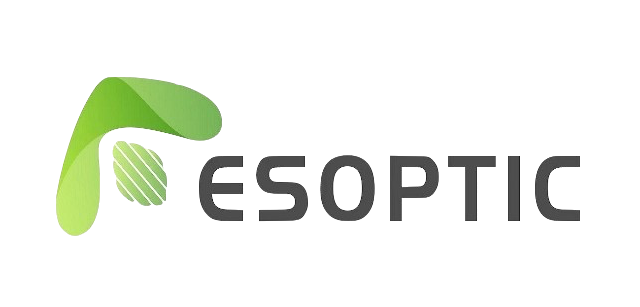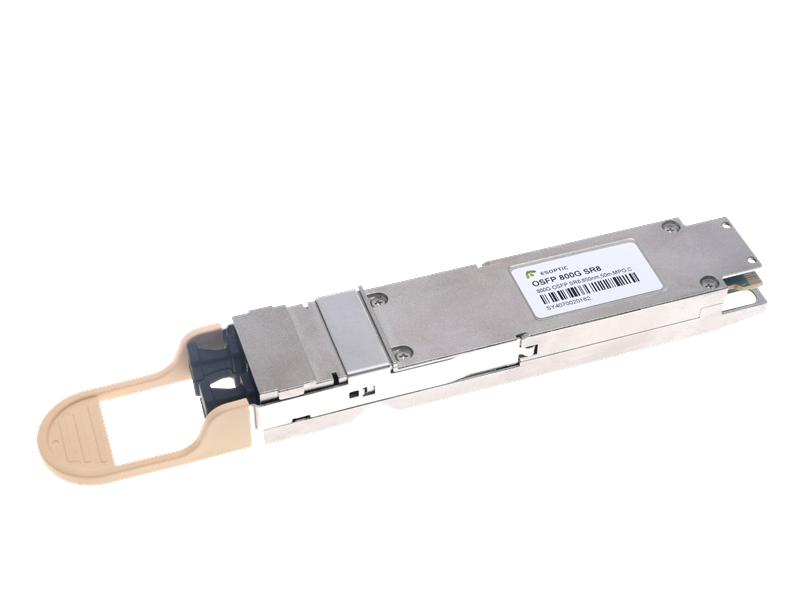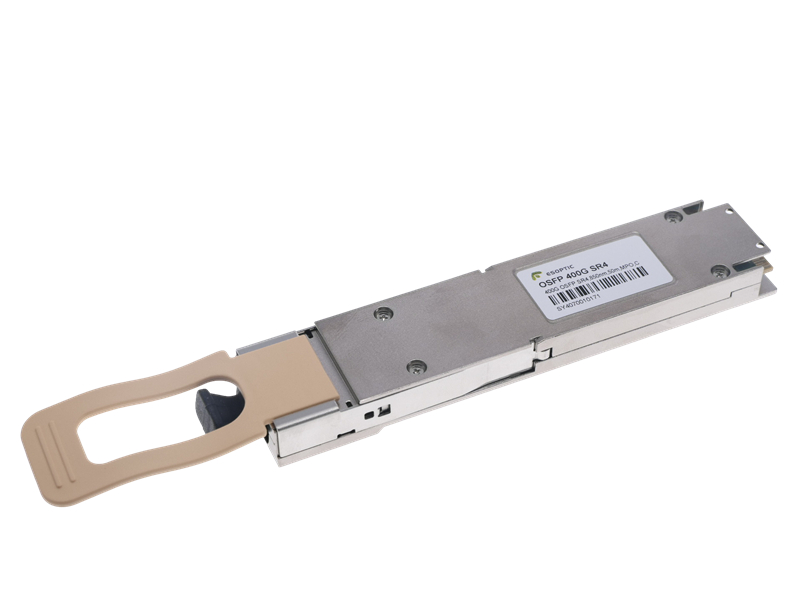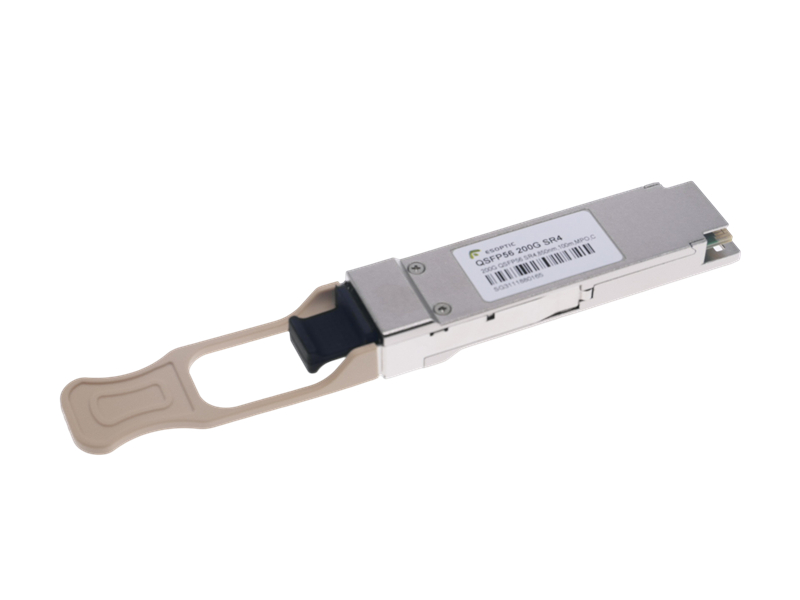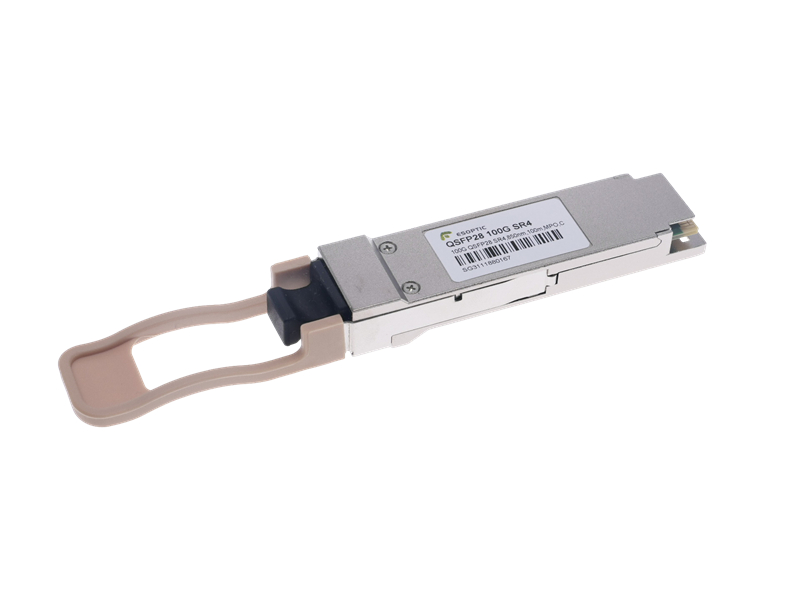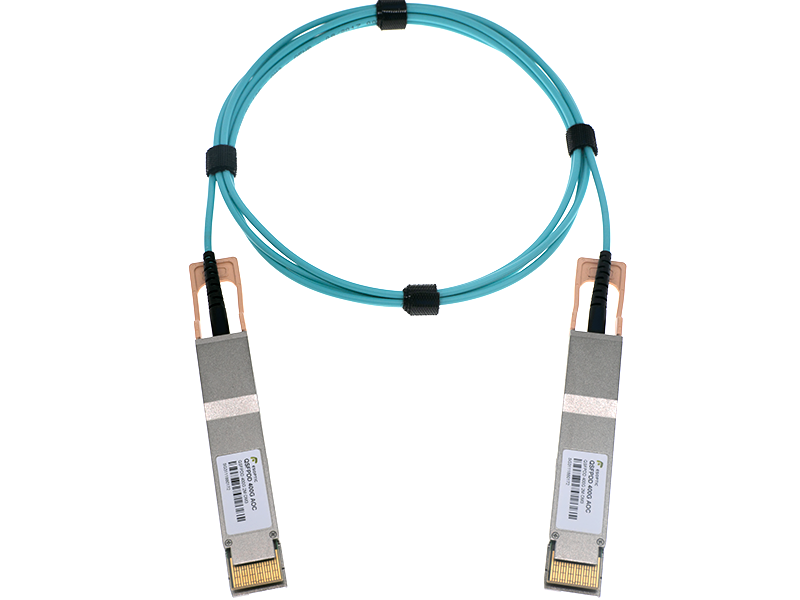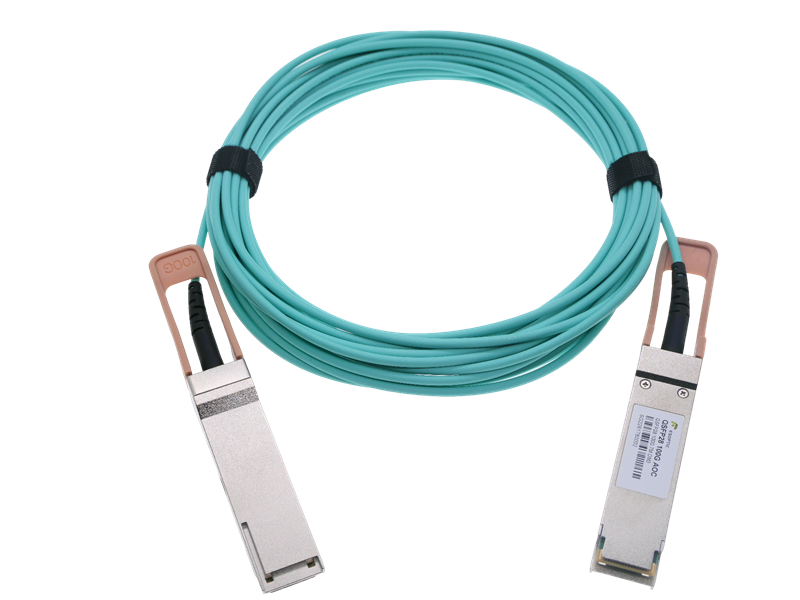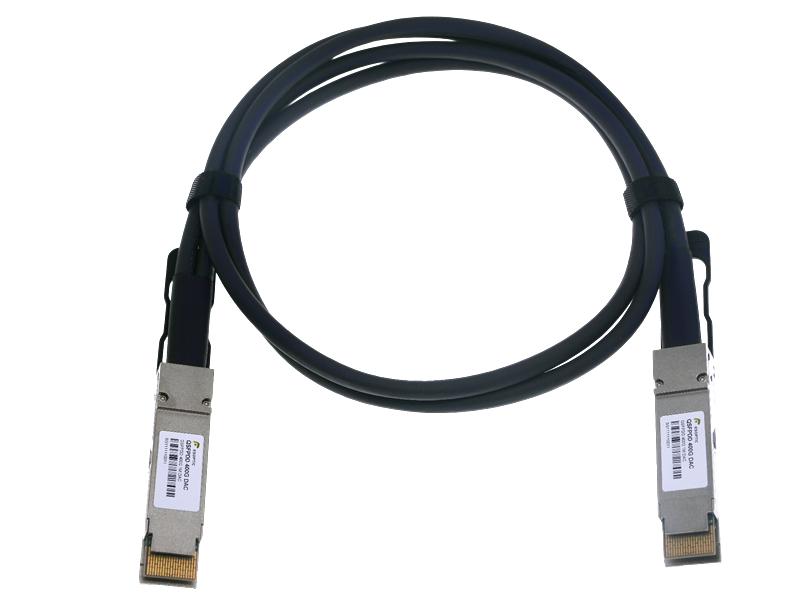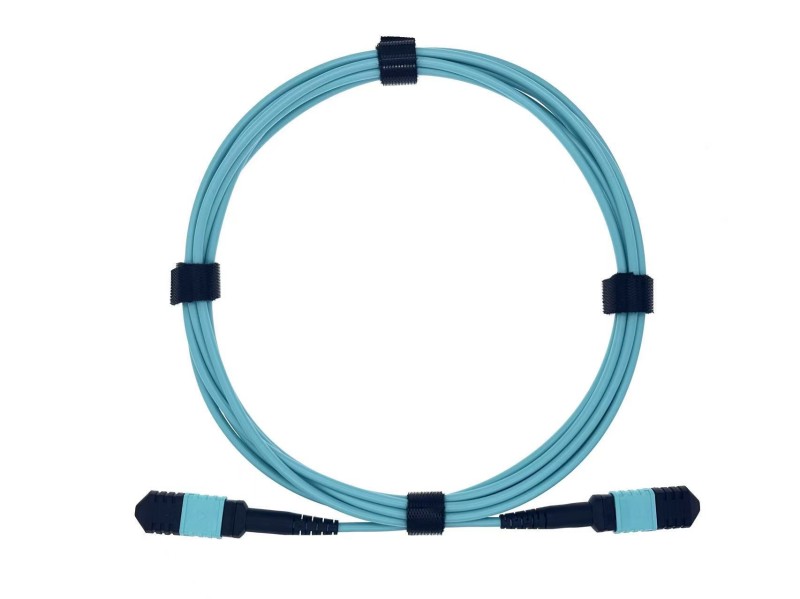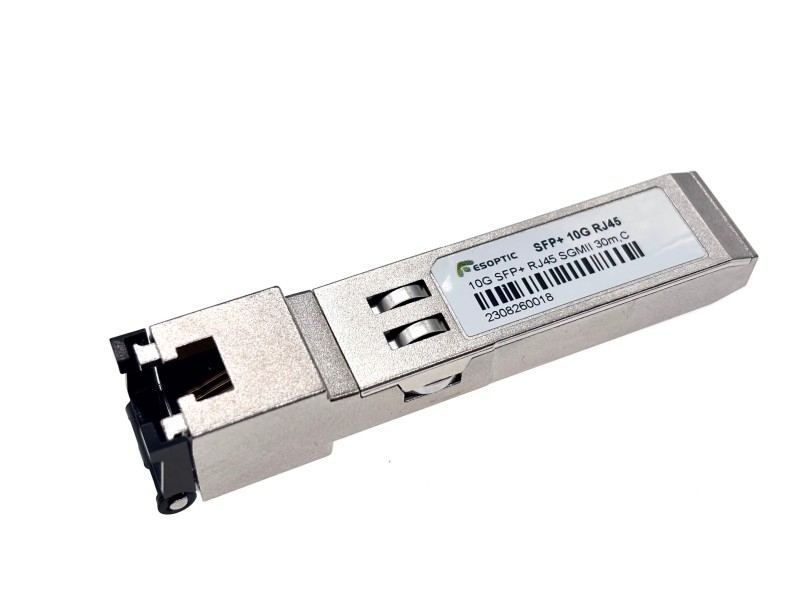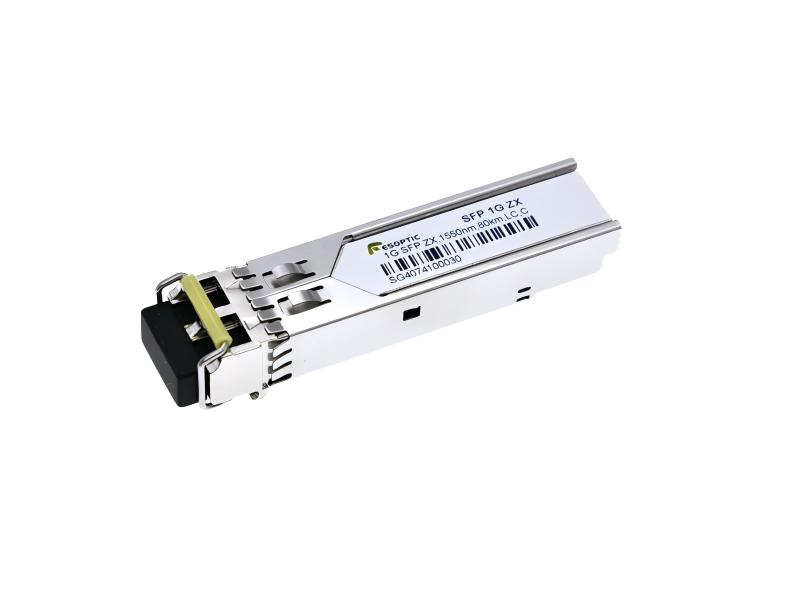In the fast-evolving world of optical communication, ensuring interoperability, performance consistency, and scalability across different vendors is crucial. This is where the MSA Standard (Multi-Source Agreement) plays a vital role. As a foundational framework in transceiver design and manufacturing, the MSA Standard defines the electrical, mechanical, and optical characteristics of optical modules, enabling seamless integration within high-speed networks. For ESOPTIC, a trusted supplier of high-performance optical transceivers, compliance with the MSA Standard ensures our modules deliver consistent quality and compatibility in demanding data center and telecom environments.
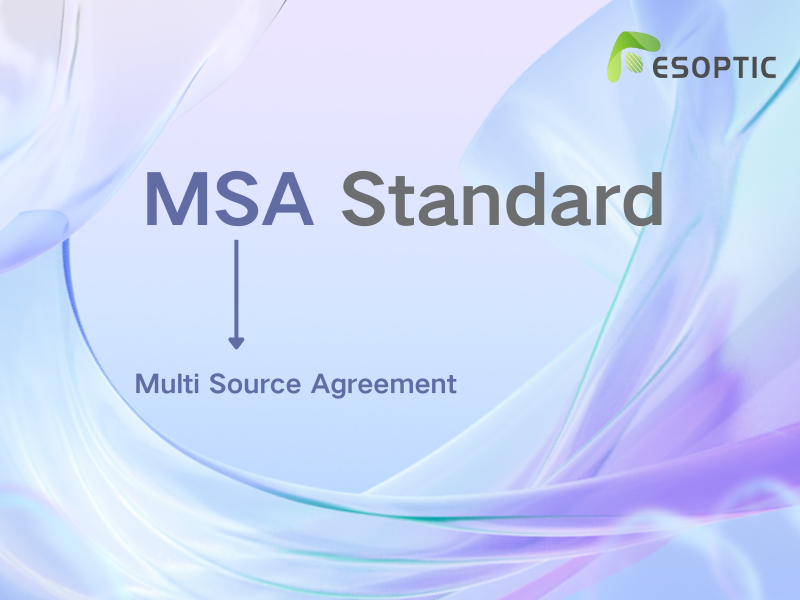
What is the MSA Standard?
The MSA Standard refers to an industry-agreed specification jointly developed by multiple vendors to ensure that optical modules from different manufacturers can function interchangeably. Unlike official IEEE or ITU standards, MSA specifications are collaborative efforts driven by market demand. They define parameters such as module size, pin layout, power consumption, and data rate support.
For instance, the 100G QSFP28 and 400G QSFP-DD modules widely used in data centers today are all based on MSA Standard specifications. This agreement helps accelerate adoption, streamline development, and minimize compatibility issues—key advantages that ESOPTIC integrates into every product design.
Why MSA Compliance Matters
In practical deployment, compliance with the MSA Standard simplifies module replacement, reduces vendor lock-in, and supports hybrid infrastructures. Network operators can confidently deploy modules from different brands as long as they conform to the same MSA Standard. This flexibility is especially critical in large-scale applications like hyperscale data centers and HPC environments, where downtime or mismatch could mean massive losses.
At ESOPTIC, our optical transceivers—including 800G OSFP, QSFP-DD, and AOC/DAC solutions—are designed in strict accordance with relevant MSA Standard guidelines. Our engineering team follows every electrical, thermal, and protocol specification to guarantee zero-friction integration.


How ESOPTIC Aligns with the MSA Standard
ESOPTIC’s R&D and production lines are deeply rooted in the MSA Standard philosophy. Each optical module undergoes rigorous testing to meet not only MSA requirements but also internal performance benchmarks. From signal integrity and BER performance to housing materials and connector types, every detail is validated to ensure reliability and global compatibility.
Whether you're upgrading to 400G infrastructure or transitioning to 800G for AI workloads, ESOPTIC provides MSA-compliant solutions that ensure plug-and-play performance. Our broad portfolio covers SR, LR, ER, and ZR distances, all based on respective MSA Standard families.
Future-Proofing Optical Networks with MSA-Compliant Solutions
The next-generation data center demands greater scalability and faster deployment cycles. With emerging technologies like co-packaged optics and linear drive modules, adherence to updated MSA Standard guidelines becomes more important than ever. As new form factors like QSFP112 and OSFP-XD enter the market, ESOPTIC is committed to continuous innovation while staying aligned with evolving MSA frameworks.
We believe that a future-proof network starts with interoperability and openness—core values that the MSA Standard embodies and that ESOPTIC proudly upholds.
